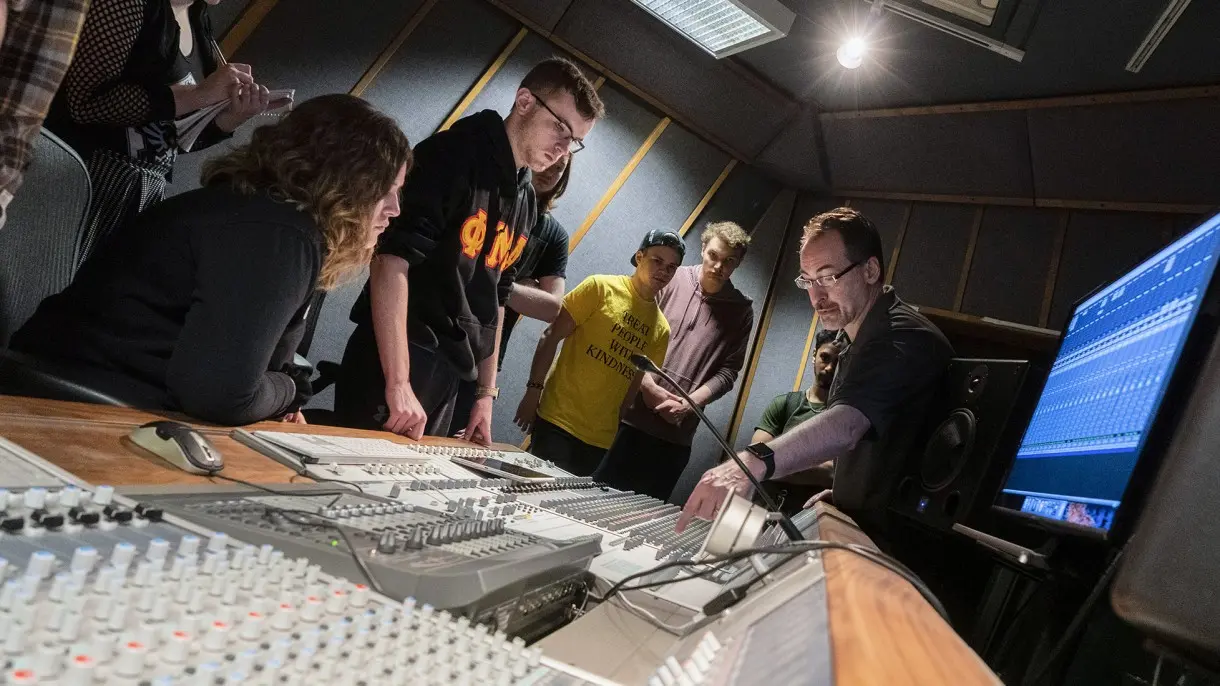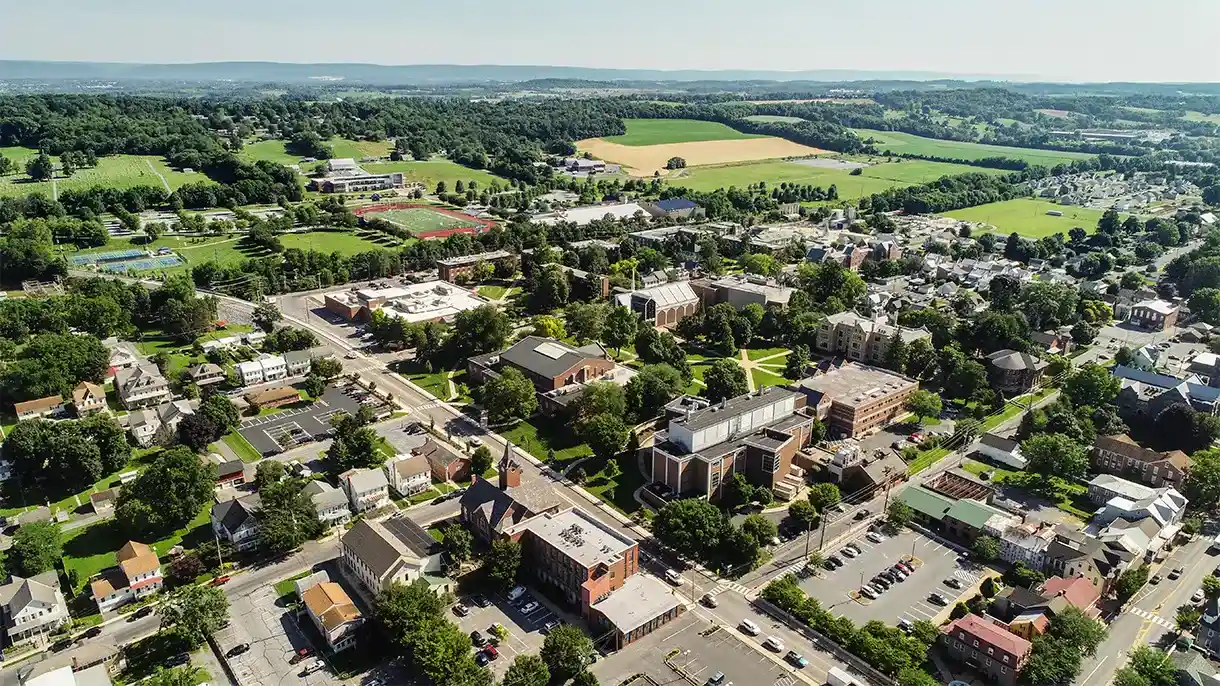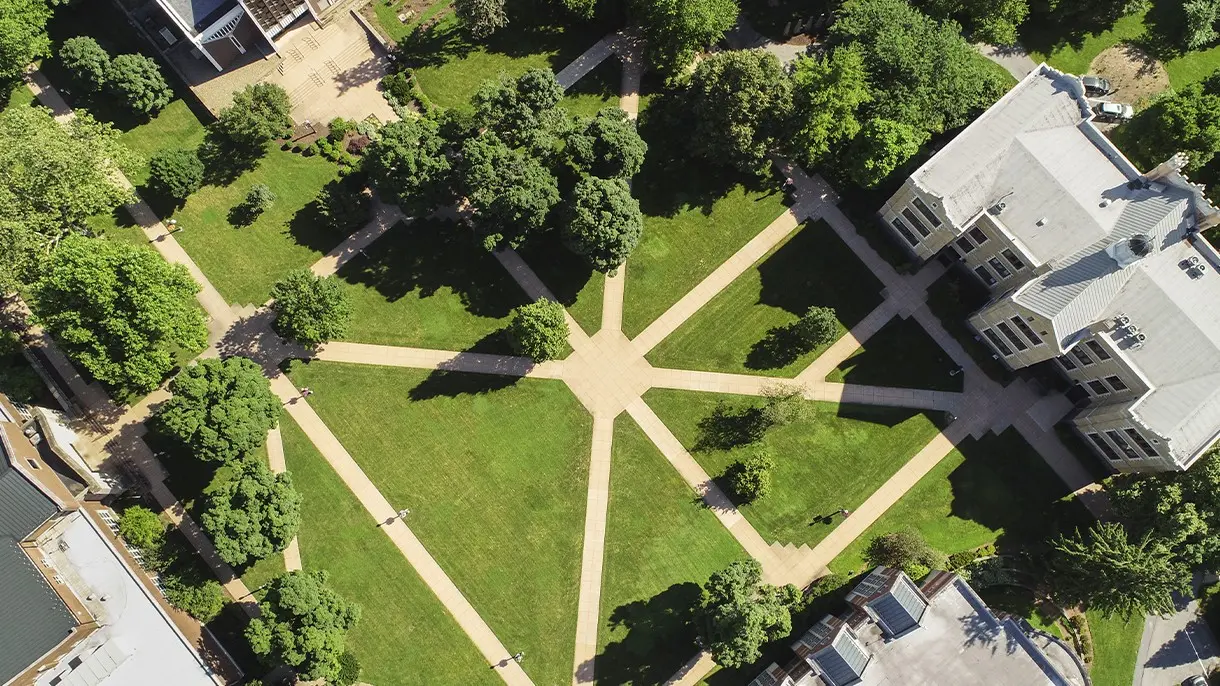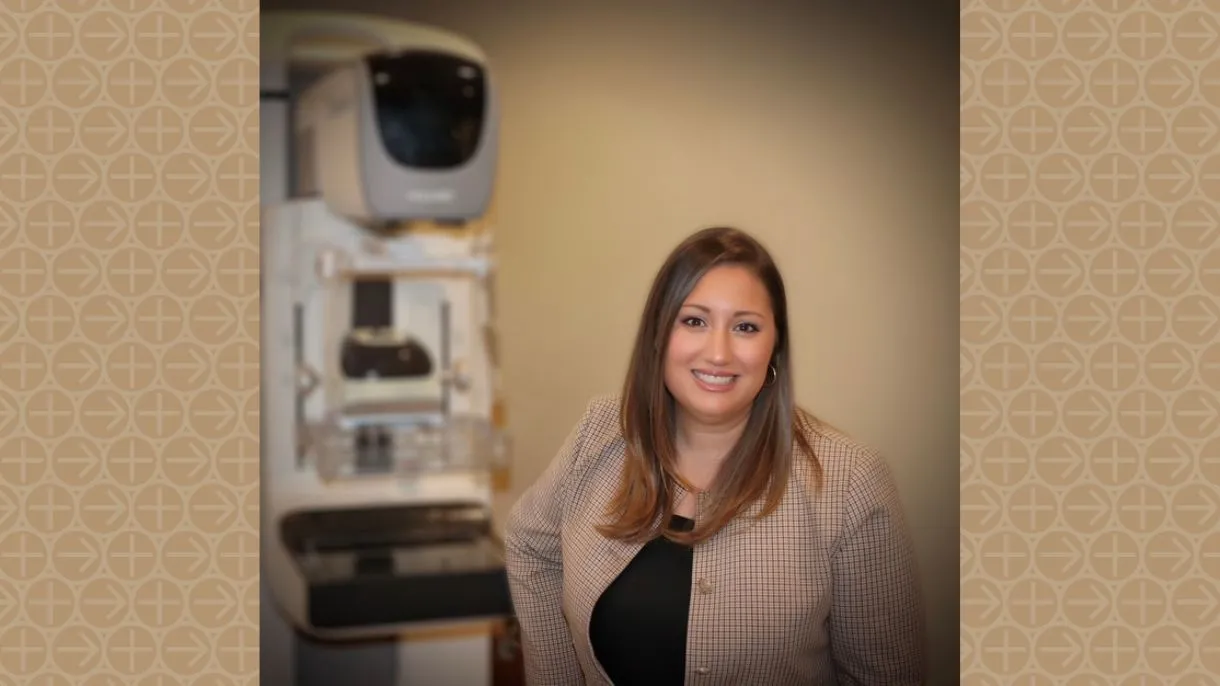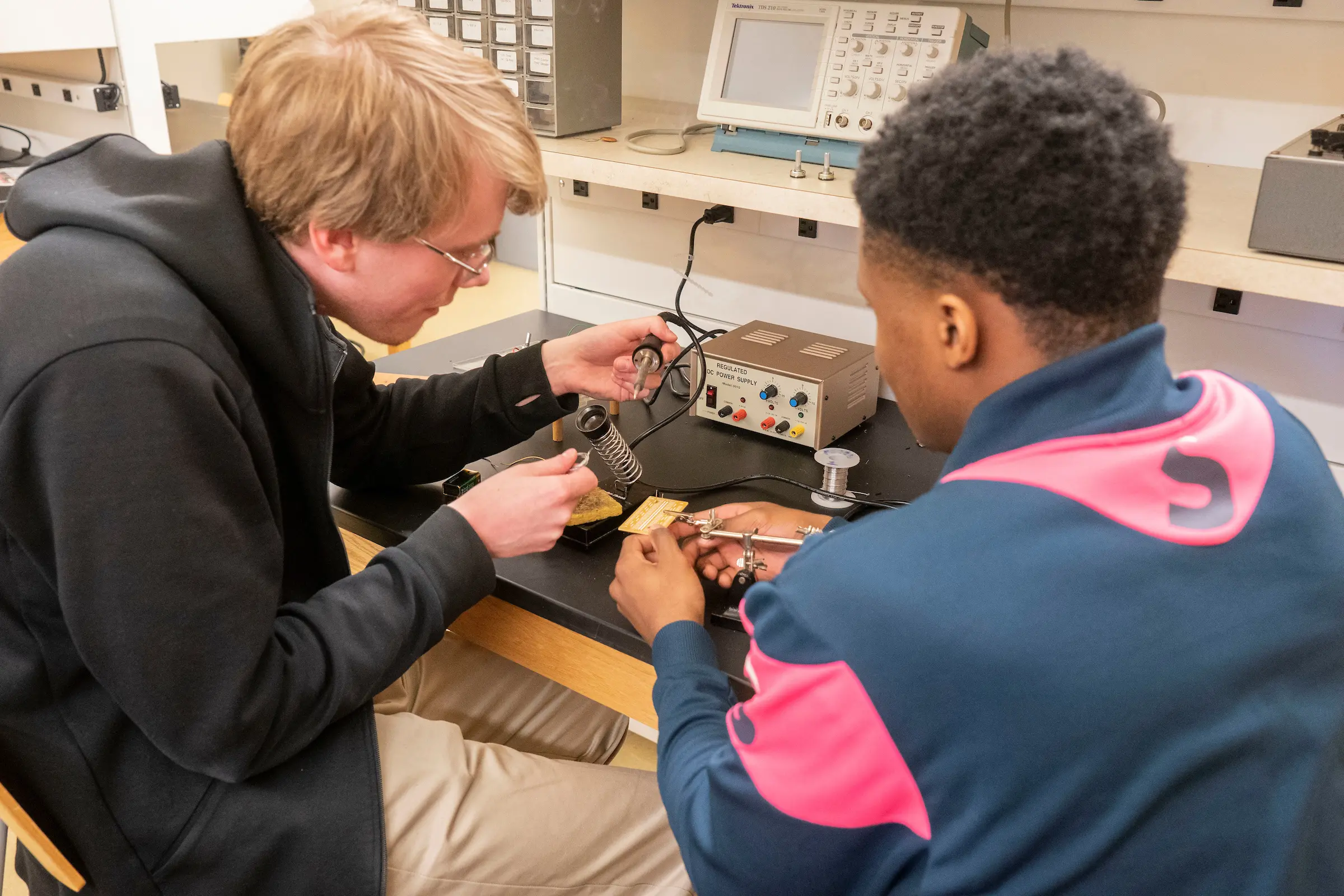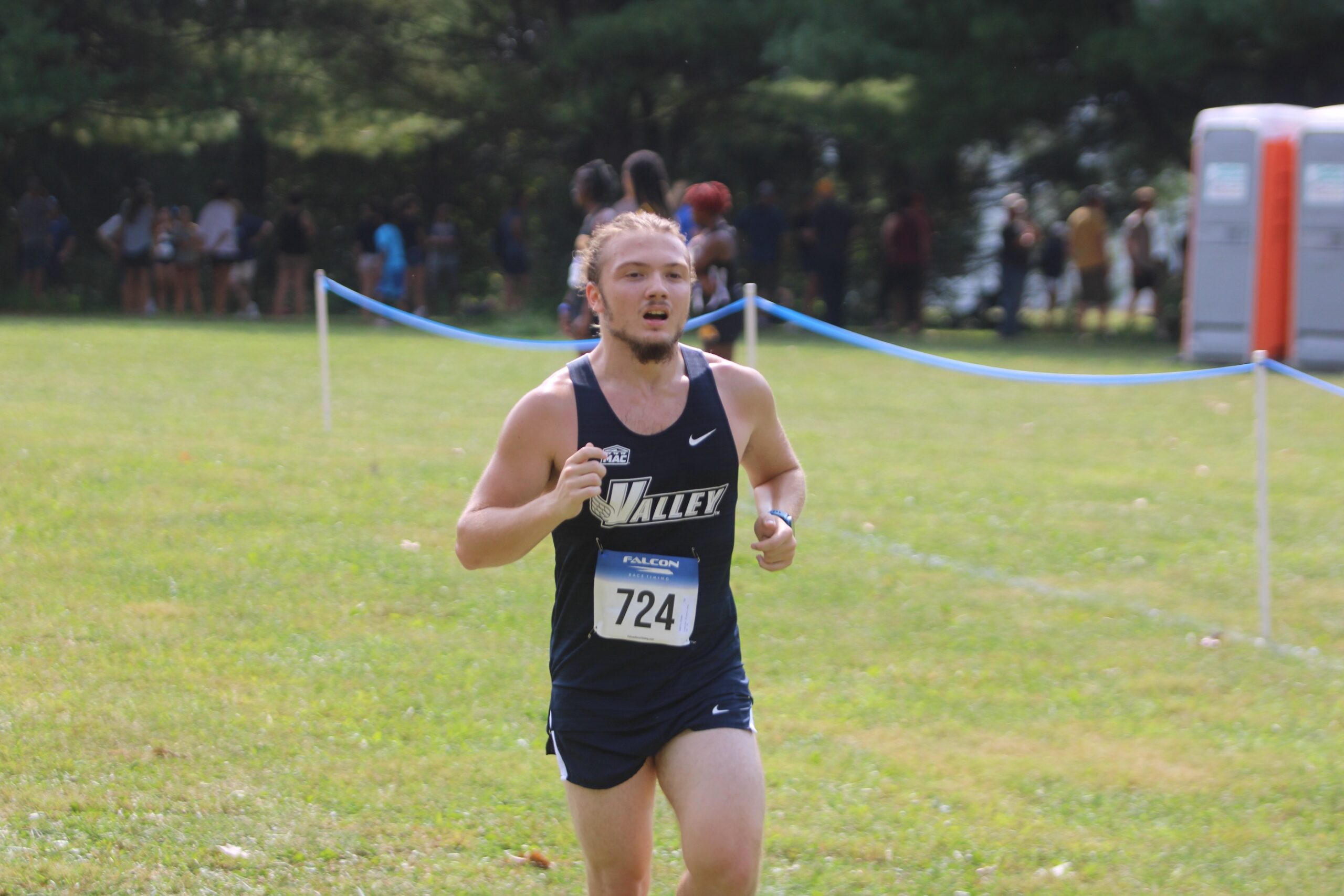
LVC News
- Accounting
- Accounting/MBA 3+1
- Actuarial Science
- Allwein Scholars
- Alumni Profiles
- Athletic Training
- Athletics
- Awards
- Biochemistry & Molecular Biology
- Biology
- Breen Center
- Business Administration
- Campus
- Chemistry
- Clinical Exercise Physiology
- Clinical Mental Health Counseling
- Community Service
- Computer Science
- Creative Arts
- Creative Writing
- Criminal Justice
- Data Science
- Digital Media
- Economics
- Education
- Engineering
- English
- Environmental Science
- Esports
- Exercise Science
- Faculty Profiles
- Gallery
- German
- Giving
- Graduate Studies
- History
- Honors
- Intelligence and Cybersecurity
- Interaction Design
- International Business and Policy
- LVEP
- Marketing
- Mathematics
- MBA
- Medical Humanities
- Medical Laboratory Science
- Music
- Music Education
- Music Production
- Neuroscience
- Nursing
- Physical Therapy
- Physics
- Political Science
- Pre-Law
- Pre-Medical Professions
- Psychology
- Self-Designed
- Social Justice and Civic Engagement
- Sociology
- Spanish
- Speech-Language Pathology
- Sport Performance
- STEM Education
- Student Profiles
- Study Abroad
- Sustainability
- Transfer
- Undecided/Exploratory
Exploring Space in Another Dimension
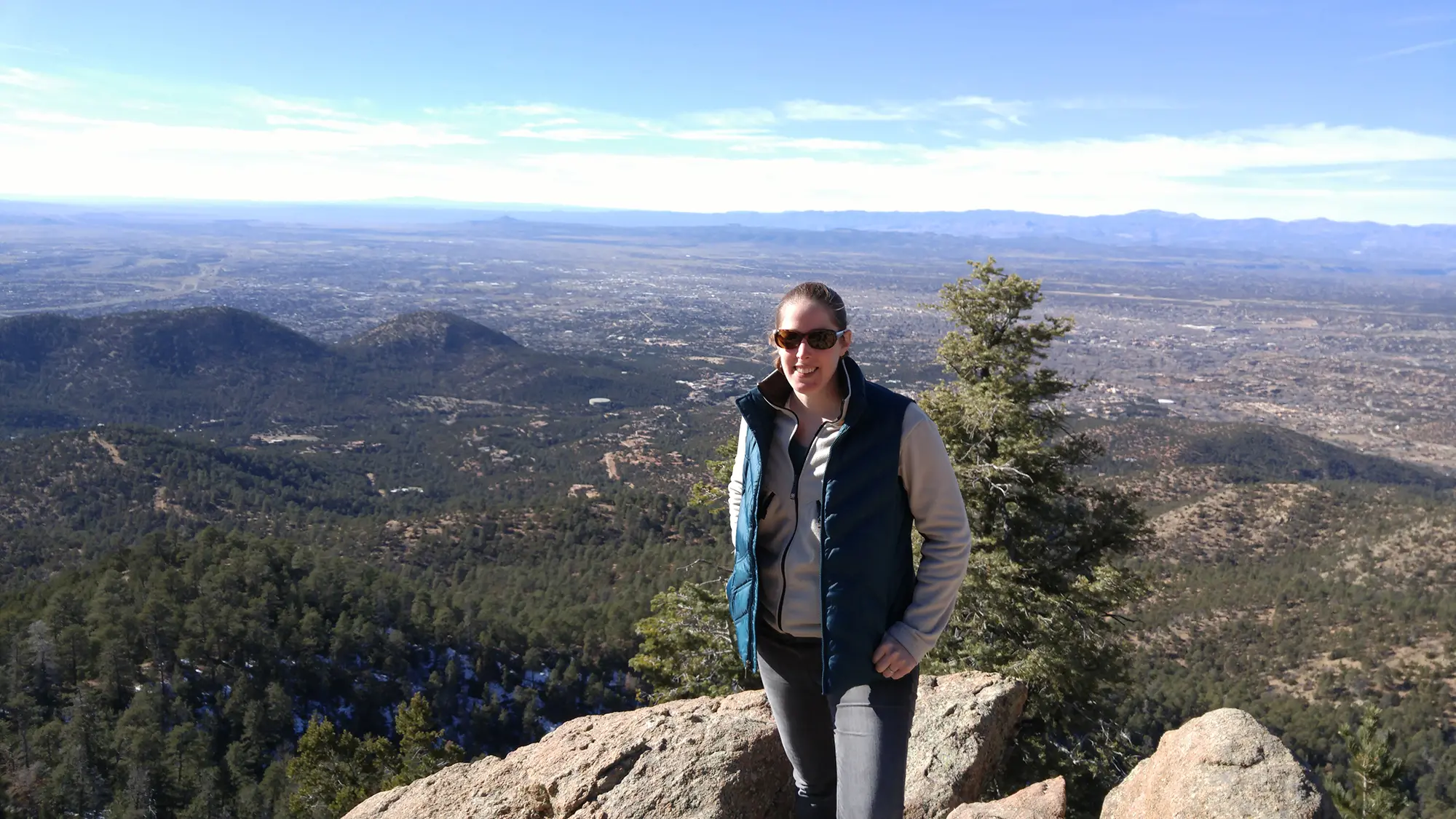
Dr. Katherine Myers Mesick ’05 is on a career trajectory similar to Dr. Elizabeth Miller Bains ’64, one of LVC’s earliest female physics majors. But unlike Bains who spent much of her career as a NASA scientist, Mesick is exploring space in another dimension through her role as a member of the Space Science and Applications group at the Los Alamos National Lab in New Mexico.
Mesick’s expertise is in designing and testing radiation detectors for nonproliferation and space applications. She also conducts data analysis and simulations for nuclear physics and planetary science applications.
“The U.S. has flown radiation detectors in space since the 1963 Limited Test Ban Treaty between us, the United Kingdom, and then-Soviet Union,” said Myers. “The treaty prohibits the testing of nuclear weapons under water, in the atmosphere, or in space. We deploy radiation sensors on various space platforms to verify treaty compliance.”
Mesick needed extensive training and education to achieve such a distinguished position of national safety. As an undergraduate, she was awarded two National Institute of Standards and Technology SURF Program summer residencies. She followed this unique accomplishment by earning her Ph.D. in physics from George Washington University in Washington, D.C., working on research at the Thomas Jefferson National Accelerator Facility, and a post-doctorate at Rutgers University. Mesick’s primary post-doctoral research was on the “MUSE” Experiment: the Muon proton Scattering Experiment, with a colleague in Switzerland.
And, she’s authored or c-authored 19 peer-reviewed publications, including a recent one on updated data processing of the Mars Odyssey Neutron Spectrometer.
Mesick and her colleagues assess several types of radiation, using distinct tools to monitor levels.
“The radiative outputs from a nuclear weapon include neutrons, gamma-rays, and x-rays so we design radiation detectors for each of these signatures,” said Mesick. “There are different types of detectors that are optimized for detecting each type of radiation. For treaty monitoring our charge is to be able to detect, locate, and report nuclear detonations. So, for example, measuring all radiation signatures gives us greater confidence in identifying if an event is nuclear, rather than a background signal generated by the space environment that may only show up in a single detector. We also build charged particle detectors which allow us to monitor the space environment background.”
Mesick works with a varied team of up to 100 people to design, stage, and launch a radiation detector. Working with other scientists, and electrical, mechanical, and software engineers, and others, she’s been involved in instrument calibration, data analysis, simulation, and laboratory testing of next-generation instrument designs. And her Space Science and Applications group performs other research beyond radiation detection.
“Our group does a lot of basic science research—studying the Earth’s magnetosphere, studying the Sun and interactions at the interstellar boundary, gamma-ray astrophysics, and planetary science, to name a few.
“For example, I work in planetary science, where we use neutron and gamma-ray signatures coming from planetary surfaces to learn about the elemental composition. Those signatures come from the interaction of background radiation in space (galactic cosmic rays) with the surface. Neutrons, in particular, are very sensitive to the presence of water, and this is extremely relevant for understanding how the planetary body formed, potential habitability, and identifying resources astronauts could utilize on the Moon or eventually Mars,” said Mesick.
She is extremely grateful to the LVC physics faculty who encouraged her love of the sciences and space.
“I’ve always been fascinated by space. I ended up studying nuclear physics in graduate school, and I’m so happy that I found a job where I can do both—nuclear physics in space!”
